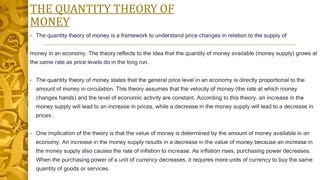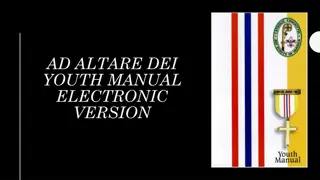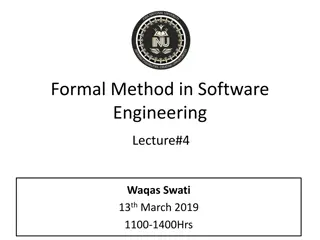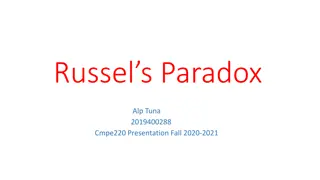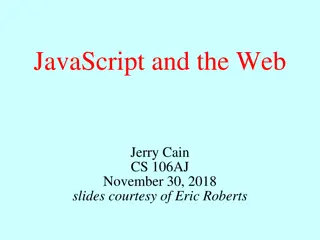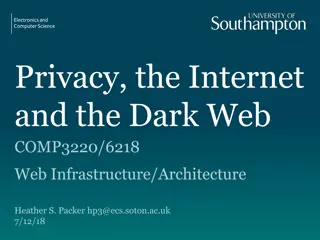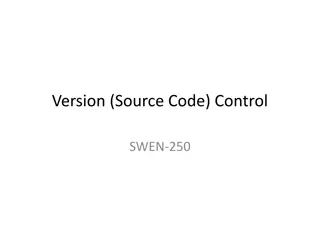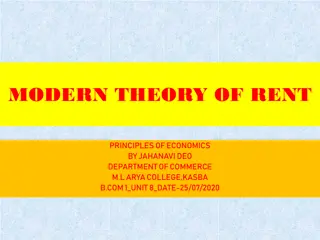
Analyzing PC Set Theory and Interval Class Vector Representations
Explore the concepts of PC Set Theory, interval class vectors, normal forms, and more in this educational content. Understand the relationships between pitch intervals, transpositions, and pitch classes within sets.
Download Presentation

Please find below an Image/Link to download the presentation.
The content on the website is provided AS IS for your information and personal use only. It may not be sold, licensed, or shared on other websites without obtaining consent from the author. If you encounter any issues during the download, it is possible that the publisher has removed the file from their server.
You are allowed to download the files provided on this website for personal or commercial use, subject to the condition that they are used lawfully. All files are the property of their respective owners.
The content on the website is provided AS IS for your information and personal use only. It may not be sold, licensed, or shared on other websites without obtaining consent from the author.
E N D
Presentation Transcript
PC Set Theory & Analysis Chapter 2
G G# B in 6 different spacings B G# B G# G G G# B G G B G# G G G# B G# B [1] [3] [4] [9] [11][4] [8] [1] [2] [8] [9][11]
Interval Class Vector A representation of the complete interval content of a set in terms of interval class 0, 1, 3, 4 1-0 = 1, 3-0=3, 4-0=4 3-1 = 2, 4-1 =3 4-3=1 Two 1, one 2, two 3, one 4, no 5, no 6 [212100]
Interval Class Vector The triangle of differences dumps the 0, but includes the numbers in the set 0, 1, 3, 4 3-1 = 2, 4-1 =3 4-3=1 Two 1, one 2, two 3, one 4, no 5, no 6 [212100]
PC clock face: pc0 + i4 = pc4 transposition by ordered pitch interval (opi) pc4 + i4 = pc8 pc8 + i4 = pc0
PC clock face: pc0 + i13 = pc1 transposition by ordered pitch interval (opi) pc0 + i17 = pc5
PC clock face: transposition by unordered pitch interval, or interval-class (ic) pc0 + i13 = Pc0 + ic1 = pc1 pc0 + i17 = Pc0 + ic5 = pc5
Interval class: pcT + i4 = pc2 shortest distance between any two pcs pc2 + i8 = pcT pc2 - i4 = pcT
Normal Form: rotation of the set that preserves the smallest interval between first and last pitch Given E, C#, B# = 4, 1, 0 Chronologically: 4, 0, 1 0, 1, 4 1, 4, 0 NF = 0, 1, 4 distance from 4 to 1 = 9 distance from 0 to 4 = 4 distance from 1 to 0 = 11
Normal Form What if a set seems to have more than one normal form? 1,4,7,T = 3-3-3-(3) 5,7,E,1 = 2-4-2-(4) Use the lowest number
Transpositional Equivalence How do we tell if two sets of the same cardinality are transpositionally equivalent (can be mapped onto one another)? Find their Normal Order Subtract the first pitch of set A from the first pitch of set B (this will be your transpositional operator) Add that number to every pitch in set A; if you produce set B, they are equivalent sets (the same pitch- class set)
Transposing a melody what is the Tn level? T6
Recognizing sets as transpositionally related Given twos set, how do you determine if they are related by transposition? F, G, Ab, B vs. C#, Eb, Fb, G
Transpositional Equivalence Set [147T] and Set [0369] 0-1 =11 1+11=0, 4+11=3, 7+11=6, T+11=9 [147T] at T11 = [0369] The sets are equivalent, at not one but 4 transposition levels (T0 is trivial)
Transpositional Equivalence Set [147T] and Set [57E1] 5-1 =4 1+4=5, 4+4=8, 7+4=E, T+4=2 [147T] at T4 = [258E] The sets are not equivalent, although they share two intervals
Nodes, arrows and Networks T3 Chords Db Major F Major T3 PC sets 0, 2, 3, 5 3, 5, 6, 8
Inverting a melody what is the In level? I9
Inversional Equivalence How do we tell if two sets of the same cardinality are inversionally equivalent (can be mapped onto one another by inversion followed by transposition)? Find their Normal Order Determine the adjacency interval series for each set Are these AIS mutually retrogradeable (is one the reverse of the other)? if opposite members of each set sum to the same number, the are inversionally equivalent
Inversional Equivalence Set [890] and Set [034] [890] = 1-3; [014] = 3-1 8+4=0, 9+3=0, 0+0=0, [890] at T0I = [034] The sets are inversionally equivalent

